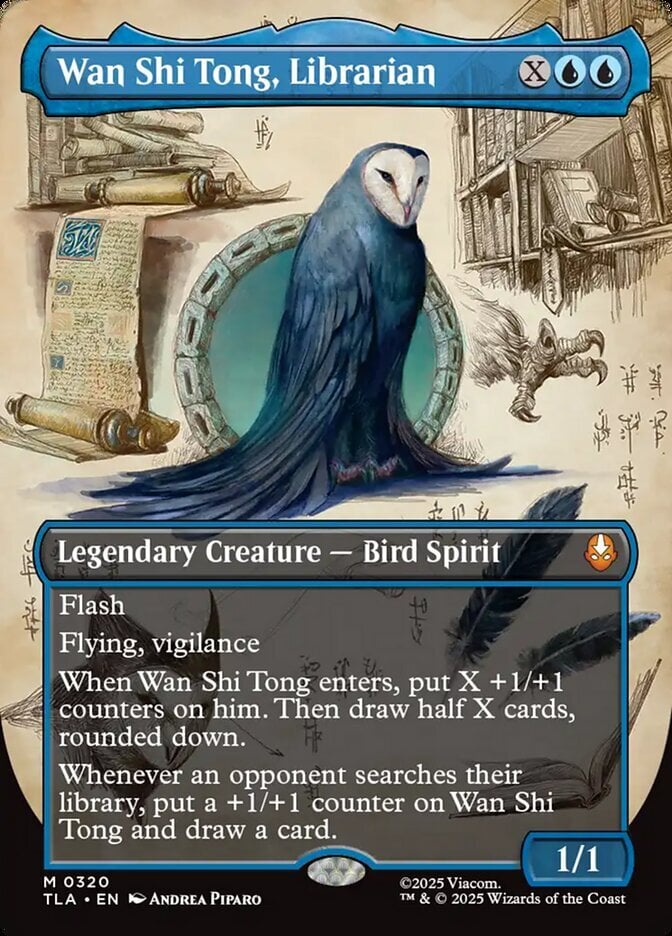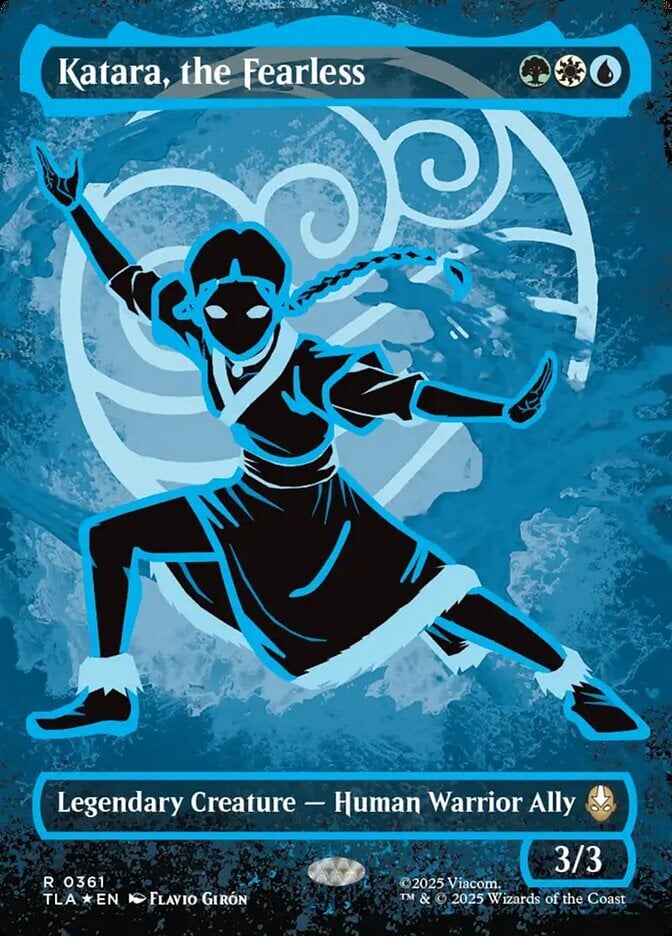:
| Name |
Ed. | Price | Type | Cost | P | T | Modified | |||||||||||||||||||||||||||||||||||||||||||||||||||||||||||||||||||||||||||||||||||||||||||
|---|---|---|---|---|---|---|---|---|---|---|---|---|---|---|---|---|---|---|---|---|---|---|---|---|---|---|---|---|---|---|---|---|---|---|---|---|---|---|---|---|---|---|---|---|---|---|---|---|---|---|---|---|---|---|---|---|---|---|---|---|---|---|---|---|---|---|---|---|---|---|---|---|---|---|---|---|---|---|---|---|---|---|---|---|---|---|---|---|---|---|---|---|---|---|---|---|---|---|
| Rarity | Color | |||||||||||||||||||||||||||||||||||||||||||||||||||||||||||||||||||||||||||||||||||||||||||||||||
| Creature (25) | ||||||||||||||||||||||||||||||||||||||||||||||||||||||||||||||||||||||||||||||||||||||||||||||||||
| 3 | Architects of Will | $0.23 |
Artifact Creature - Human Wizard
|
3 | 3 | 07-Mar-2016 03:59 | ||||||||||||||||||||||||||||||||||||||||||||||||||||||||||||||||||||||||||||||||||||||||||||
| 4 | Deadshot Minotaur | $0.10 |
Creature - Minotaur
|
3 | 4 | 07-Mar-2016 03:59 | ||||||||||||||||||||||||||||||||||||||||||||||||||||||||||||||||||||||||||||||||||||||||||||
| 4 | Fulminator Mage | $0.64 |
Creature - Elemental Shaman
|
2 | 2 | 07-Mar-2016 03:59 | ||||||||||||||||||||||||||||||||||||||||||||||||||||||||||||||||||||||||||||||||||||||||||||
| 2 | Jungle Weaver | $0.21 |
Creature - Spider
|
5 | 6 | 07-Mar-2016 03:59 | ||||||||||||||||||||||||||||||||||||||||||||||||||||||||||||||||||||||||||||||||||||||||||||
| 4 | Monstrous Carabid | $0.22 |
Creature - Insect
|
4 | 4 | 07-Mar-2016 03:59 | ||||||||||||||||||||||||||||||||||||||||||||||||||||||||||||||||||||||||||||||||||||||||||||
| 1 | Pale Recluse | $0.07 |
Creature - Spider
|
4 | 5 | 07-Mar-2016 03:59 | ||||||||||||||||||||||||||||||||||||||||||||||||||||||||||||||||||||||||||||||||||||||||||||
| 3 | Simian Spirit Guide | $2.33 |
Creature - Ape Spirit
|
2 | 2 | 07-Mar-2016 03:59 | ||||||||||||||||||||||||||||||||||||||||||||||||||||||||||||||||||||||||||||||||||||||||||||
| 4 | Street Wraith | $0.26 |
Creature - Wraith
|
3 | 4 | 07-Mar-2016 03:59 | ||||||||||||||||||||||||||||||||||||||||||||||||||||||||||||||||||||||||||||||||||||||||||||
| Instant (8) | ||||||||||||||||||||||||||||||||||||||||||||||||||||||||||||||||||||||||||||||||||||||||||||||||||
| 4 | Beast Within | $0.51 |
Instant
|
07-Mar-2016 03:59 | ||||||||||||||||||||||||||||||||||||||||||||||||||||||||||||||||||||||||||||||||||||||||||||||
| 4 | Violent Outburst | $0.23 |
Instant
|
07-Mar-2016 03:59 | ||||||||||||||||||||||||||||||||||||||||||||||||||||||||||||||||||||||||||||||||||||||||||||||
| Sorcery (7) | ||||||||||||||||||||||||||||||||||||||||||||||||||||||||||||||||||||||||||||||||||||||||||||||||||
| 4 | Demonic Dread | $0.23 |
Sorcery
|
07-Mar-2016 03:59 | ||||||||||||||||||||||||||||||||||||||||||||||||||||||||||||||||||||||||||||||||||||||||||||||
| 3 | Living End | $1.94 |
Sorcery
|
07-Mar-2016 03:59 | ||||||||||||||||||||||||||||||||||||||||||||||||||||||||||||||||||||||||||||||||||||||||||||||
| Land (20) | ||||||||||||||||||||||||||||||||||||||||||||||||||||||||||||||||||||||||||||||||||||||||||||||||||
| 4 | Forest | $0.06 |
Basic Land - Forest
|
13-Apr-2016 17:39 | ||||||||||||||||||||||||||||||||||||||||||||||||||||||||||||||||||||||||||||||||||||||||||||||
| 8 | Mountain | $0.06 |
Basic Land - Mountain
|
13-Apr-2016 17:39 | ||||||||||||||||||||||||||||||||||||||||||||||||||||||||||||||||||||||||||||||||||||||||||||||
| 8 | Swamp | $0.10 |
Basic Land - Swamp
|
13-Apr-2016 17:39 | ||||||||||||||||||||||||||||||||||||||||||||||||||||||||||||||||||||||||||||||||||||||||||||||
Sideboard - 16 cards, 6 distinct
:
| Name |
Ed. | Price | Type | Cost | P | T | Modified | |||||||||||||||||||||||||||||||||||||||||||||||||||||||||||||||||||||||||||||||||||||||||||
|---|---|---|---|---|---|---|---|---|---|---|---|---|---|---|---|---|---|---|---|---|---|---|---|---|---|---|---|---|---|---|---|---|---|---|---|---|---|---|---|---|---|---|---|---|---|---|---|---|---|---|---|---|---|---|---|---|---|---|---|---|---|---|---|---|---|---|---|---|---|---|---|---|---|---|---|---|---|---|---|---|---|---|---|---|---|---|---|---|---|---|---|---|---|---|---|---|---|---|
| Rarity | Color | |||||||||||||||||||||||||||||||||||||||||||||||||||||||||||||||||||||||||||||||||||||||||||||||||
| Creature (10) | ||||||||||||||||||||||||||||||||||||||||||||||||||||||||||||||||||||||||||||||||||||||||||||||||||
| 3 | Brindle Boar | $0.06 |
Creature - Boar
|
2 | 2 | 07-Mar-2016 04:00 | ||||||||||||||||||||||||||||||||||||||||||||||||||||||||||||||||||||||||||||||||||||||||||||
| 3 | Faerie Macabre | $4.03 |
Creature - Faerie Rogue
|
2 | 2 | 07-Mar-2016 04:00 | ||||||||||||||||||||||||||||||||||||||||||||||||||||||||||||||||||||||||||||||||||||||||||||
| 2 | Ingot Chewer | $0.22 |
Creature - Elemental
|
3 | 3 | 07-Mar-2016 04:00 | ||||||||||||||||||||||||||||||||||||||||||||||||||||||||||||||||||||||||||||||||||||||||||||
| 2 | Shriekmaw | $0.41 |
Creature - Elemental
|
3 | 2 | 07-Mar-2016 04:00 | ||||||||||||||||||||||||||||||||||||||||||||||||||||||||||||||||||||||||||||||||||||||||||||
| Instant (6) | ||||||||||||||||||||||||||||||||||||||||||||||||||||||||||||||||||||||||||||||||||||||||||||||||||
| 2 | Dismember | $5.24 |
Instant
|
07-Mar-2016 04:00 | ||||||||||||||||||||||||||||||||||||||||||||||||||||||||||||||||||||||||||||||||||||||||||||||
| 4 | Ricochet Trap | $0.46 |
Instant - Trap
|
07-Mar-2016 04:00 | ||||||||||||||||||||||||||||||||||||||||||||||||||||||||||||||||||||||||||||||||||||||||||||||
Notes
There are three steps to Living End:
Step 1 - Throw as many creatures as possible in your graveyard. Living End utilizes creature cards that not only allow you to discard them into your graveyard, but that are self-replacing. Most accomplish this through cycling, paying 1 mana to pitch the card and draw another.
This creates a powerful engine where you easily draw the land, creatures and combo pieces you need. It is not unusual for this deck to go off turn 2 , although as we’ll discuss in a moment, going off early isn’t always the best strategy with Living End.
Step 2 - Cascade into Living End. Cascade is a very, very broken mechanic. When you cast a cascade spell,, exile cards from the top of your library until you exile a nonland card that costs less. You may cast it without paying its mana cost. Put the exiled cards on the bottom in a random order.
In living end, you have multiple cards which cascade, but only one valid target in your deck: Living End. This means that when you do choose to cascade, Living End will be the card you cascade into 100% of the time.
Step 3 - Profit. Living End destroys destroys all creatures in play and simultaneously brings all creature cards from the graveyard into play. When used correctly you wipe your opponent’s board, while also placing a large number of powerful creatures into play under your command.
But here’s where things get interesting. Living End is not a race to the combo, then win deck. There are games where it can be, but to pilot this deck correctly you need to be keenly insightful about each game and how and when to respond.
In living end there are several pieces that are used to interact with your opponent’s deck, from Fulminator Mage to destroy their non-basic lands, to Fairie Macabre to exile cards from their graveyard, to Deadshot Minotaur to shoot down their flyers. There’s a host of sideboard options that I’ll talk about in a minute, but my absolute favorite is Ricochet Trap, which let’s you redirect blue spells for one red mana, a delightful way to either counter your opponent’s counter or just mess with their control.
In the end, Living End is very much like a game of very intense game of chess, you and your opponent sizing up each other’s strategies and moving, piece by piece, towards victory.
Step 1 - Throw as many creatures as possible in your graveyard. Living End utilizes creature cards that not only allow you to discard them into your graveyard, but that are self-replacing. Most accomplish this through cycling, paying 1 mana to pitch the card and draw another.
This creates a powerful engine where you easily draw the land, creatures and combo pieces you need. It is not unusual for this deck to go off turn 2 , although as we’ll discuss in a moment, going off early isn’t always the best strategy with Living End.
Step 2 - Cascade into Living End. Cascade is a very, very broken mechanic. When you cast a cascade spell,, exile cards from the top of your library until you exile a nonland card that costs less. You may cast it without paying its mana cost. Put the exiled cards on the bottom in a random order.
In living end, you have multiple cards which cascade, but only one valid target in your deck: Living End. This means that when you do choose to cascade, Living End will be the card you cascade into 100% of the time.
Step 3 - Profit. Living End destroys destroys all creatures in play and simultaneously brings all creature cards from the graveyard into play. When used correctly you wipe your opponent’s board, while also placing a large number of powerful creatures into play under your command.
But here’s where things get interesting. Living End is not a race to the combo, then win deck. There are games where it can be, but to pilot this deck correctly you need to be keenly insightful about each game and how and when to respond.
In living end there are several pieces that are used to interact with your opponent’s deck, from Fulminator Mage to destroy their non-basic lands, to Fairie Macabre to exile cards from their graveyard, to Deadshot Minotaur to shoot down their flyers. There’s a host of sideboard options that I’ll talk about in a minute, but my absolute favorite is Ricochet Trap, which let’s you redirect blue spells for one red mana, a delightful way to either counter your opponent’s counter or just mess with their control.
In the end, Living End is very much like a game of very intense game of chess, you and your opponent sizing up each other’s strategies and moving, piece by piece, towards victory.
Comments
No comments yet.
 Export to Arena
Export to Arena
